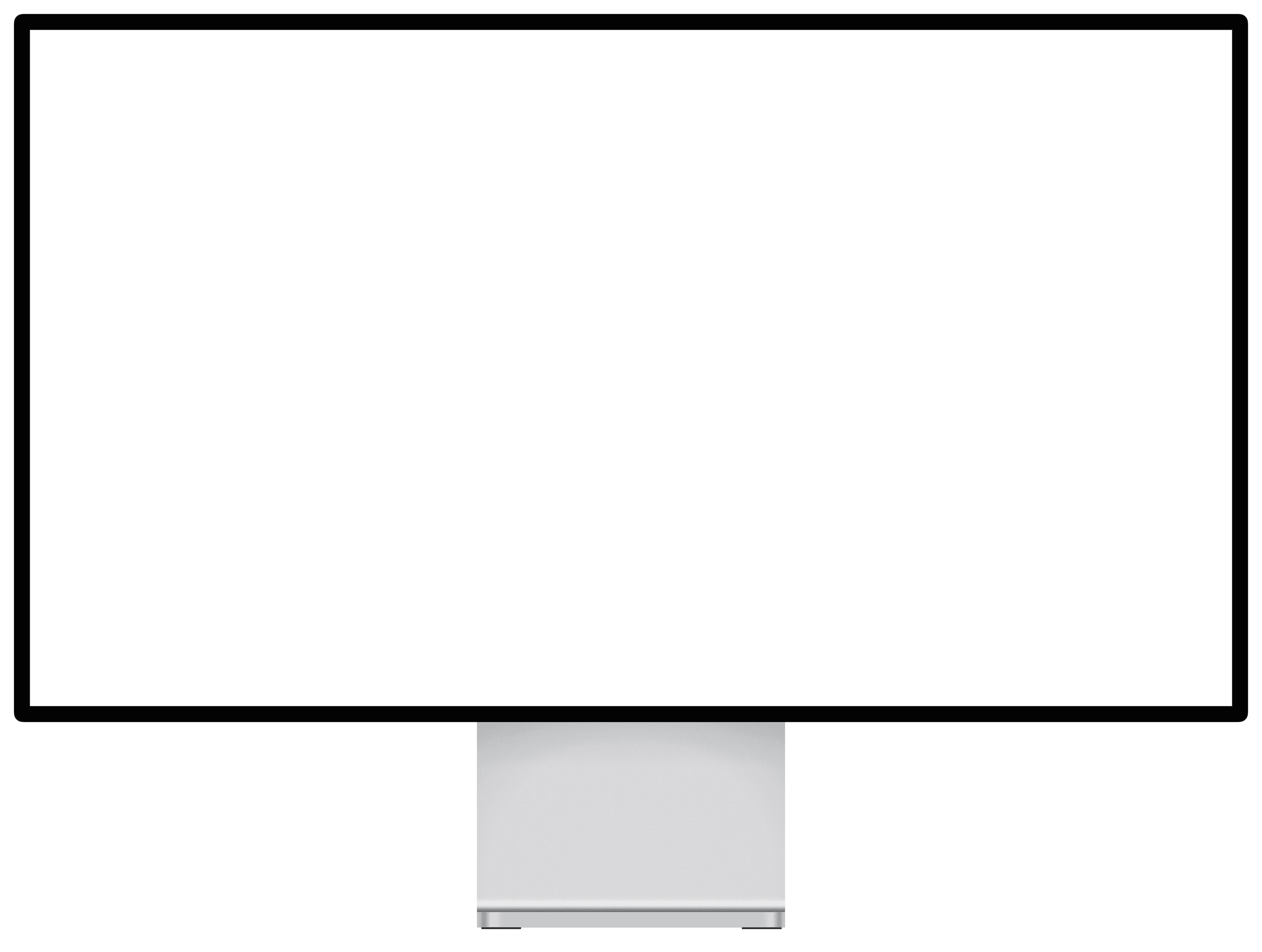Digital Salon finder
L’Oréal Professional Digital Salon Finder– Omnichannel Retail Experience
As part of L’Oréal Professional’s pop-up retail initiative in Egypt, I designed a bilingual (English & Arabic) touchscreen digital kiosk experience to help customers discover and book certified L’Oréal salons directly from the store. The goal was to seamlessly connect product purchases to salon services, creating a complete, luxurious beauty journey for customers, from buying high-end products to receiving professional coloring and styling.
This intuitive, map-based system empowered users to:
Locate nearby partner salons
View salon reviews, details, and services
Book instantly or send booking details to their phones
The project helped reinforce L’Oréal’s positioning as both a product leader and a trusted salon partner—boosting visibility, foot traffic, and loyalty across the customer journey.
In Egypt, many beauty-conscious customers purchase professional haircare products from L’Oréal's pop-up stores in malls but lack access to reliable salon services that offer L’Oréal’s full luxurious treatment. While the brand has strong relationships with certified salons, these aren’t always visible or accessible to the end user.
The company needed a seamless digital touchpoint that would bridge the in-store purchase with personalized, location-based services — creating an omnichannel experience from retail to salon chair.
Customers want to experience L’Oréal’s premium salon services but don’t always know:
Which salons are certified or trustworthy
Where to find salons near them
How to book quickly and easily
Salons, on the other hand, felt left out of the retail experience. There was a need for a digital solution that:
Connects both worlds (store + salon)
Provides real-time booking
Enhances trust and brand loyalty
Design a bilingual touchscreen kiosk experience that’s intuitive and inclusive
Allow customers to find and book nearby certified L’Oréal salons
Empower both customers and salon partners with visibility and value
Close the loop between product purchase and service
Create a simple, large-button UI for quick decision-making in public spaces
The design process followed a Lean UX approach:
Understand the business goals & user behavior
Define the user flow and wireframes
Design and test key interactions
Create a clickable Figma prototype (EN/AR)
Deliver a developer-ready screen layout for deployment
Tools Used:
Figma for wireframes and UI
FigJam for brainstorming, flows, and research synthesis
To understand the needs, behaviors, and preferences of women shopping for L'Oréal Professionnel products in pop-up stores, and how they navigate salon booking services digitally.
Methods:
Informal observations of users interacting with the kiosk
Verbal feedback collected from salon partners and consumers
No formal surveys/interviews, but real-world reactions were noted during pilot rollout
Key Insights:
Most users were Caucasian Egyptian women aged 18–60
Younger users interacted comfortably with the digital screen alone
Older users required minimal initial guidance, then could proceed independently
Users were excited to discover nearby certified salons
Salon owners responded positively, seeing it as partnership, not competition
Most bookings happened on the spot, but they preferred receiving confirmation/details via phone or WhatsApp, not email or apps
Created low-fidelity sketches for each major screen, focusing on layout, navigation, and key interactive elements.
Prioritized large touch targets and simplified navigation to support all age groups.
Designed bilingual interface with right-to-left support for Arabic.
Included onboarding hints for older or less tech-savvy users.
User Assistance Matters: Providing simple guidance and onboarding improved adoption, especially among older users who were initially hesitant to interact with the touchscreen.
Bilingual UI is Essential: Supporting both English and Arabic ensured inclusivity and increased comfort for all users in the Egyptian market.
Real-Time Integration is Critical: Syncing booking availability with salons’ calendars was vital for user trust and smooth experience.
Physical Context Influences Design: Designing for a public retail environment required prioritizing large buttons, minimal text, and clear visual hierarchy.
Stakeholder Collaboration: Regular feedback from salon owners and store staff shaped features that balanced user needs and business goals.
Iterative Testing Pays Off: Early prototype testing identified usability issues that saved costly changes during development.
















